During a recent DFM analysis, our engineering department successfully identified a typical error in customer-supplied materials—mismatched diodes and pads—thereby preventing further production and client losses. This incident highlights a common yet costly pitfall in hardware product development: improper component selection.
In the field of electronic product development, component selection is a seemingly basic yet highly challenging task. Selection errors not only result in direct losses but also trigger a series of hidden costs. This article analyzes typical cases to reveal the true costs of selection errors and provides a comprehensive prevention strategy.
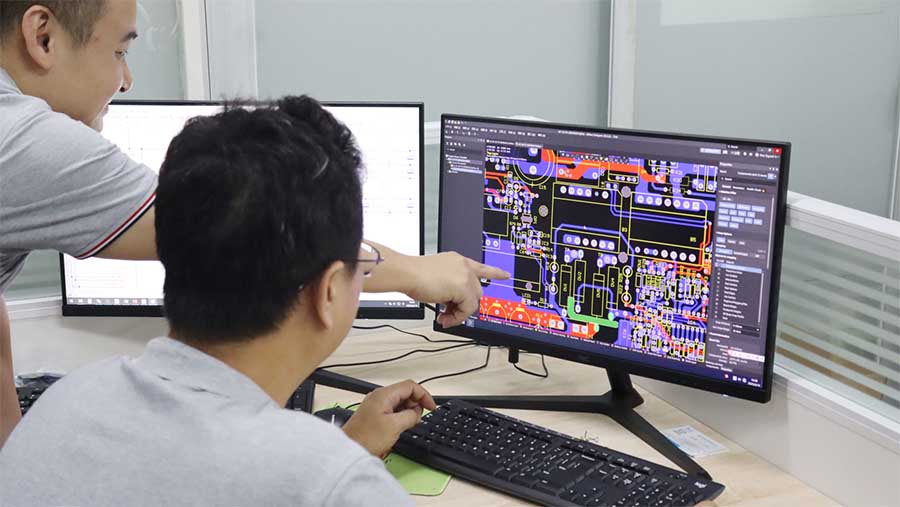
1、Hidden Costs of Selection Errors: The Iceberg Beneath the Surface
When a mismatch between diode components and pads is discovered, the direct replacement cost may only be the tip of the iceberg.Hidden costs include:
Project Delay Costs: Reselection and prototype validation can delay product launch. A single critical component failure may set back a project by weeks or even months, causing missed market opportunities.
Rework and Scrap Costs: Disassembling, replacing, or scrapping assembled PCBs wastes significant labor and materials. One manufacturer incurred over ¥8 million in recall losses due to inadvertent use of refurbished components, leading to flickering issues in industrial lighting.
Team Resource Drain: Engineers must divert focus from development to troubleshooting, slowing overall progress and dampening team morale.
Reputational and Safety Risks: Customer trust in product reliability may erode. In sectors like medical or automotive, selection errors can result in certification revocations and legal disputes.
Statistics indicate that approximately 30% of design rework cases stem from component compatibility issues, and over 30% of hardware failures trace back to selection errors.
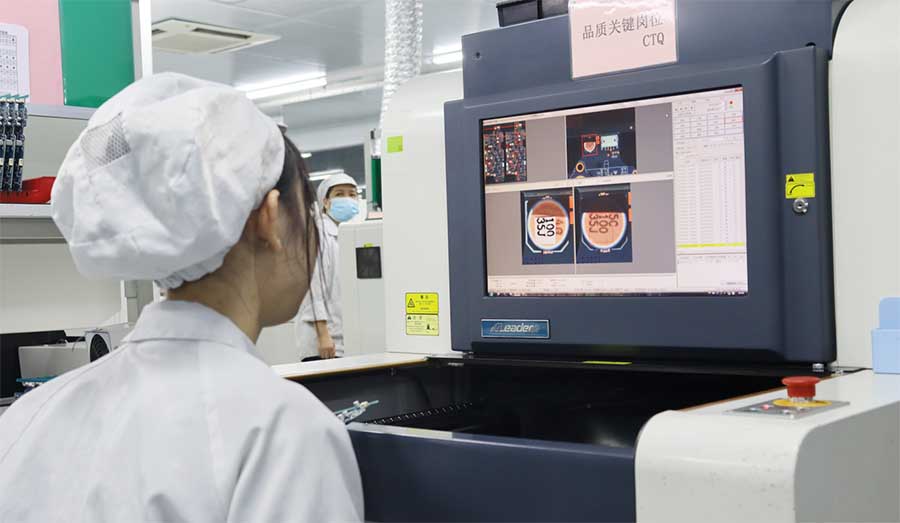
2、From “Mismatched Diodes and Pads” to Common Types of Selection Errors
(1) Package Compatibility Errors
The “mismatched diodes and pads” case is a classic example. Such issues often manifest as:
Pad-Pin Mismatch: For instance, PCB footprints designed for 1201 chip capacitors paired with 0603 components in the BOM, rendering procured parts unusable.
Through-Hole Pin Incompatibility: In early-stage designs, through-hole component pins may not align with PCB footprints (e.g., straight PCB pads versus side-bend pins), forcing manual pin bending during pre-assembly and compromising reliability.
Root Cause: Overemphasis on electrical parameters while neglecting physical compatibility; non-standardized PCB footprint naming leading to association errors.
(2) Parameter Mismatch
Inadequate parameter matching can cause failures under specific conditions:
Insufficient Derating: Multiple capacitor short-circuit failures in a device were traced to selection based solely on capacitance and voltage ratings, without adequate derating margins for complex operating environments.
Poor Environmental Adaptability: Capacitor breakdowns in production lines resulted from overlooked factors like temperature fluctuations and high-frequency harmonics.
Dynamic Performance Discrepancies: A drone manufacturer faced batch returns due to unaccounted transient currents in motor driver chips.
(3) Environmental Adaptability Misjudgment
Misjudging environmental tolerance leads to frequent field failures:
Temperature Limitations: Industrial equipment must perform across -40°C to 85°C; automotive electronics require durability testing at 125°C.
Vibration Sensitivity: Surface-mount devices are preferred in vibratory environments; ceramic packages should be avoided in high-impact scenarios.
Inadequate EMI Protection: Electromagnetic interference in settings like PLC control cabinets can cause signal distortion.
(4) Lifecycle Misassessment
Misjudging component lifecycle risks supply chain disruptions:
Use of Near-EOL Parts: Obscure components face triple the obsolescence risk of mainstream models.
Inadequate Alternate Part Validation: A manufacturer hastily substituted parts amid chip shortages, only to encounter failures due to excessive PWM delays in alternatives.
(5) Overlooked Manufacturability
Neglecting manufacturability increases production costs:
Poor Pad Design: Through-hole pads lacking thermal relief hinder soldering, especially in manual processes.
Inefficient Package Choices: Replacing surface-mount crystals with through-hole types to cut costs may necessitate PCB notching and horizontal mounting, raising labor expenses and negating savings.
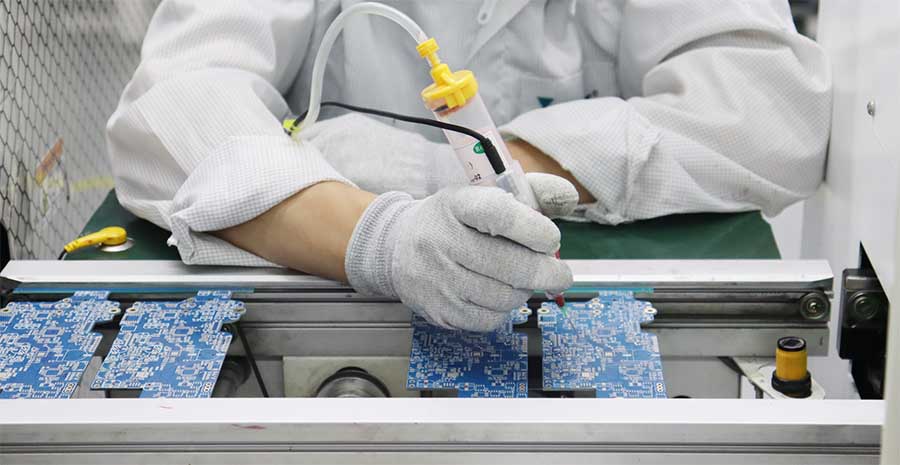
3、Comprehensive Prevention Strategies and Institutional Measures
(1) Standardized Selection Process
Core Measures: Implement a four-dimensional evaluation covering technical, supply, quality, and cost aspects.
Technical: Assess electrical parameter compatibility, package form, and environmental suitability.
Supply: Evaluate manufacturer capacity, distribution channels, and alternate sourcing options.
Quality: Verify certifications (e.g., AEC-Q), MSL ratings, and failure rate data.
Cost: Calculate total cost of ownership, not just unit price.
Institutional Arrangements: Establish a selection review committee; all new components require cross-departmental approval before design inclusion.
Visualized Workflow: Define requirements → preliminary parameter screening → environmental assessment → supplier evaluation → sample testing → batch validation.
(2) Enhanced Component Library and Supplier Management
Action Guidelines
Maintain an Approved Vendor List (AVL) and Qualified Parts List, updated regularly.
Secure secondary suppliers for critical components to avoid single-point dependencies.
Mature enterprises typically retain 20% backup suppliers.
(3) Rigorous Application Scenario Validation
Preventive Measures:
Develop comprehensive operational profiles outlining worst-case conditions over the product lifecycle.
Conduct accelerated aging tests, including thermal cycling and vibration fatigue tests.
One industrial controller project reduced failure rates by 40% through 50-hour high-temperature aging tests.
(4)Knowledge Management System
Institutional Arrangements:
Create a database of selection error cases for periodic review and training.
Develop checklists covering parameters, packaging, suppliers, and lifecycle factors.
Embed selection best practices into design guidelines to institutionalize knowledge.
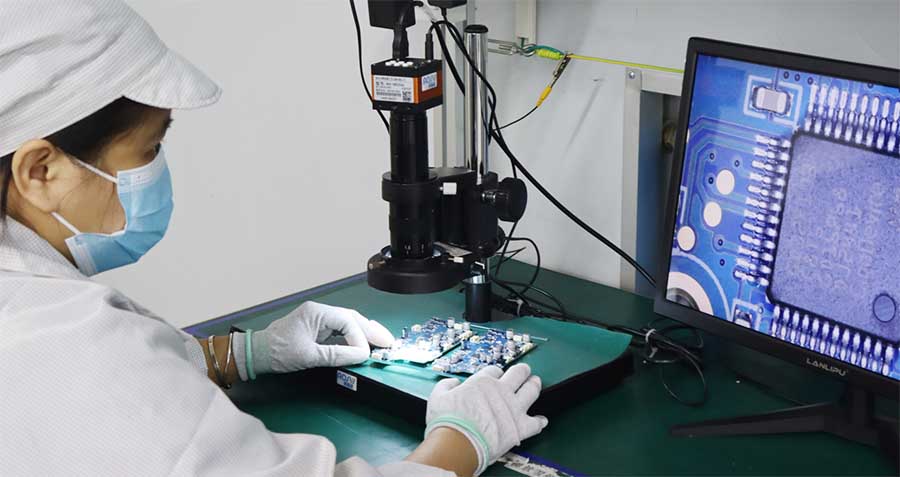
4、Immediate Action Plan: From Theory to Practice
Urgent Audit: Within one week, screen existing BOMs for risks, focusing on package compatibility, lifecycle status, and single-source suppliers.
Process Formalization: Implement a selection review meeting system within two weeks, ensuring cross-departmental sign-off on all new components.
Tool Integration: Within one month, adopt PLM or simplified BOM management tools to digitize selection processes. Leverage existing databases (e.g., Gongpin Cloud’s dynamic parameter database with 2M+ components).
Training and Communication: Complete standardized selection training and share case studies within the quarter.
Component selection is a systematic endeavor requiring collaboration among hardware engineers, procurement managers, and product managers. By establishing scientific processes, strengthening validation, and refining knowledge management, companies can transform hidden costs into advantages in quality and reliability.
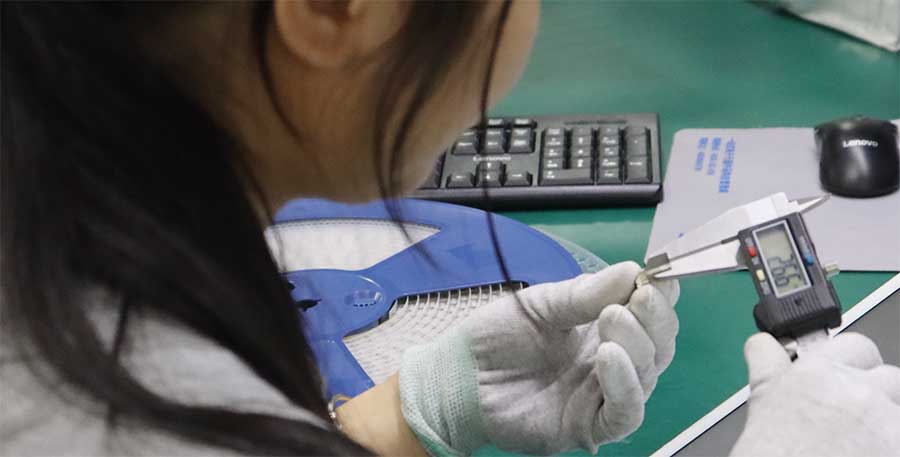
A mature hardware team does not avoid errors entirely but avoids repeating them. A systematic selection prevention framework is the cornerstone of achieving this goal.


